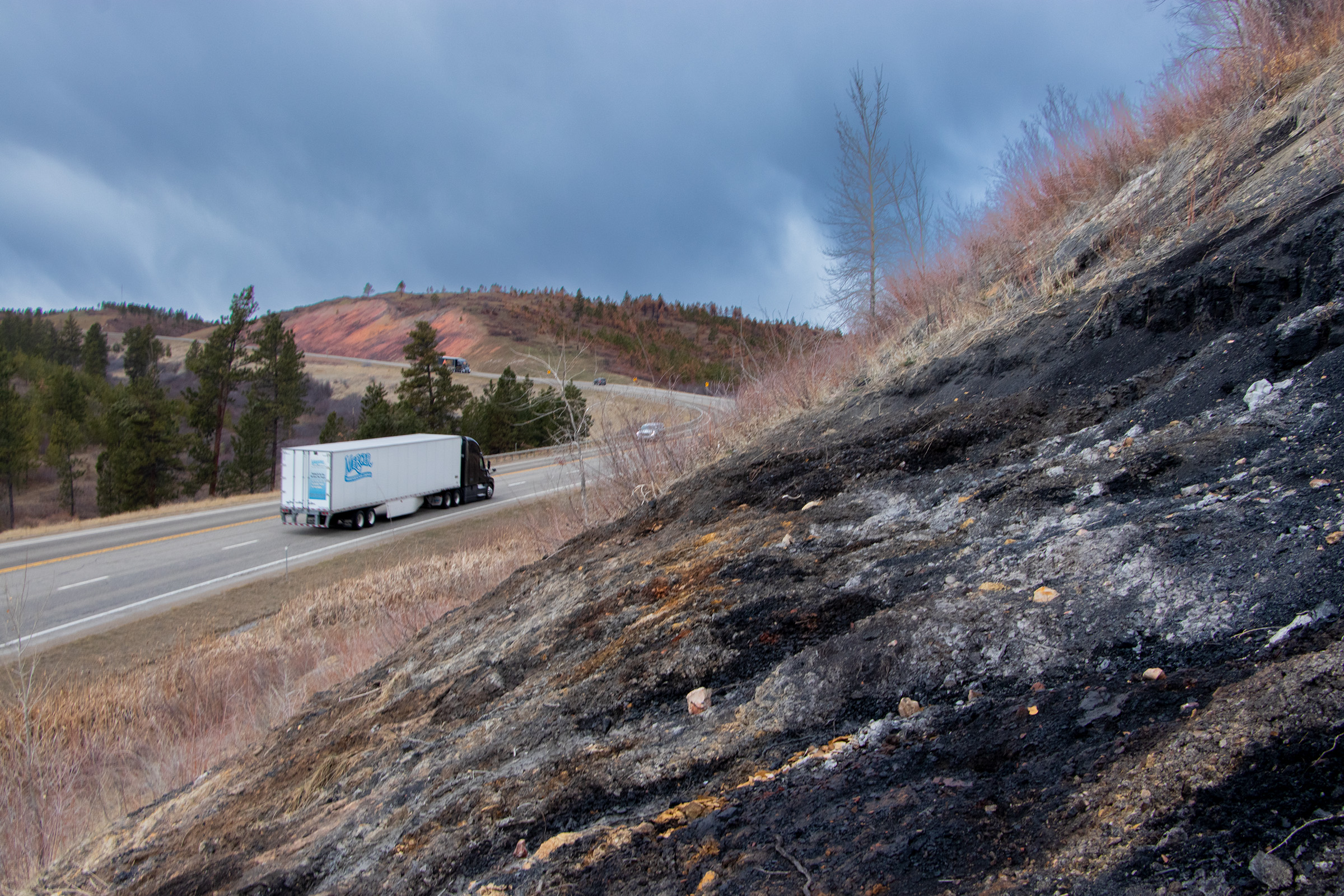
Native News 2022
Introduction
CLIMATE CHANGE is real and happening now. Its impacts, from extreme drought to increasingly frequent and severe weather events, are challenging tribes in Montana and western North Dakota to adapt to forces outside of their control.
A 2022 report by the Intergovernmental Panel on Climate Change warned that without immediate global action, humans will miss a rapidly closing “window of opportunity to secure a livable and sustainable future for all.” The report also recognized that any climate plan would need to use both scientific and Indigenous forms of knowledge. Settler colonialism displaced American Indigenous communities from nearly 99% of their historical land base, often forcing them to areas that are more vulnerable to the effects of climate change.
Indigenous communities across Montana and North Dakota are connected by their growing exposure to the impacts wrought by climate change, and each community is engaging with these impacts according to its own history, geography and culture.
Students in the 2022 Native News Honors Project traveled to eight reservations to learn more about how each tribe is experiencing climate change and to explore how tribes are responding.
On Rocky Boy’s, Annishinabe Ne-I-Yah-Wahk members rush to save a unique species of sweetgrass that’s disappearing as drought parches their wetlands. The Blackfeet Nation hopes to preserve their snowpack from increasingly strong winds by building snow fences from woven willows or wood. Drought on the northern plains has tested the will of ranchers on Fort Belknap and made community members grateful for a nearly completed water supply system on Fort Peck.
For the first time, Native News covered the Fort Berthold reservation in western North Dakota, where the Nueta, Hidatsa and Sahnish tribes weigh the costs and benefits of welcoming fracking for the last 14 years and imagine a new way forward. The Tsis tsis’tas experience more and larger wildfires in their future, as drought creates favorable conditions for smoldering coal flames to ignite on the Northern Cheyenne reservation. Even west of the divide, warmer and drier conditions have upended the Séliš-Qĺispé people’s cultural calendar on the Flathead reservation.
As the effects of climate change worsen, each of these tribes is engaging with the hard work necessary to guarantee our collective future.
– Native News Staff

A Slow Burn
Smoldering coal seams threaten the Tsis tsis’tas

Tapped In
Assiniboine-Sioux project provides relief from water scarcity

Banking On Snow
Niitsitapi use old tools for worsening winds

The Price to Pay
A back-breaking business gets tougher amid drought

Staying Séliš
Protecting tribal traditions amid a changing landscape

Sacred Braids
The struggle to preserve the ceremonial grass of the Annishinabe Ne-I-Yah-Wahk

Upholding Tradition
Access to lodgepole pine jeopardizes Apsáalooke teepees

Oil and Water
The Nueta, Hidatsa and Sahnish balance the benefits and drawbacks of fracking

Download PDF version